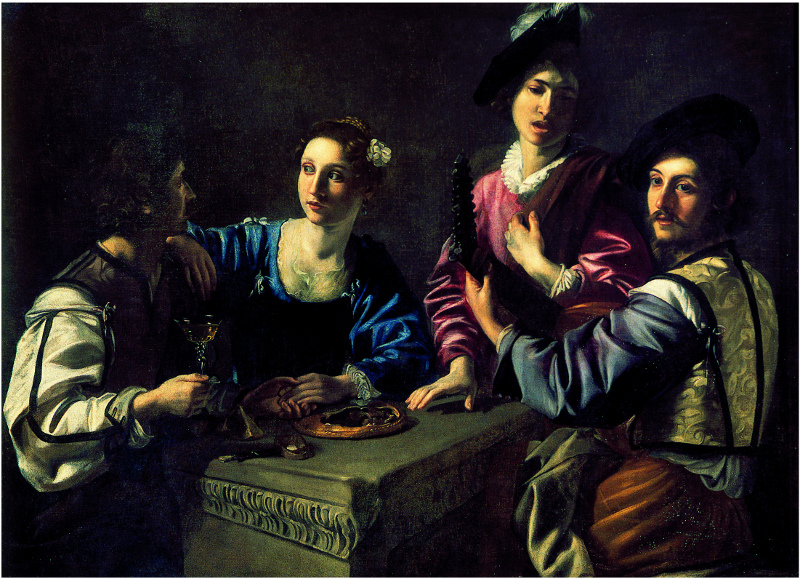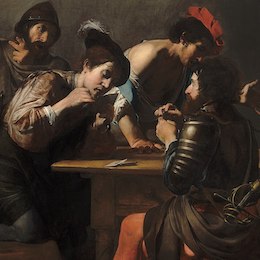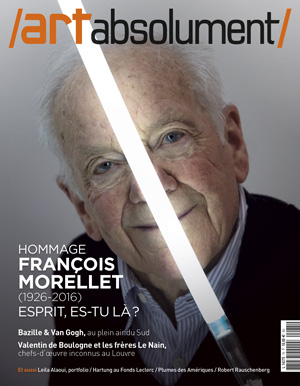Valentin de Boulogne
1591 (Coulommiers) / 1632 (Rome)
From the beginning, Valentin was faithful to the Caravaggio formula, which brought out of the dark shadows rather brutal popular types with half bodies (or half legs), lit in a contrasting manner - like American night in the cinema - and he took the art of the portrait "from life" to unequalled heights. Appreciating as no one else the attitudes of children tugging at their mother's skirt or those of the elderly, he frees his living models with lowered, inquisitive or wide-set eyes from any comic picturesqueness (unlike his rival Vouet, for example). If Caravaggio was the modern movement that wanted to put an end to the illusion of perspective at the dawn of the 17th century - as Cubism would do, in a different way, at the beginning of the 20th century - then Valentin is definitely the prophet of the art "of what is".
Visual:
Valentin de Boulogne.
Samson. 1631, oil on canvas.
The Cleveland Museum of Art.
From the beginning, Valentin was faithful to the Caravaggio formula, which brought out of the dark shadows rather brutal popular types with half bodies (or half legs), lit in a contrasting manner - like American night in the cinema - and he took the art of the portrait "from life" to unequalled heights. Appreciating as no one else the attitudes of children tugging at their mother's skirt or those of the elderly, he frees his living models with lowered, inquisitive or wide-set eyes from any comic picturesqueness (unlike his rival Vouet, for example). If Caravaggio was the modern movement that wanted to put an end to the illusion of perspective at the dawn of the 17th century - as Cubism would do, in a different way, at the beginning of the 20th century - then Valentin is definitely the prophet of the art "of what is".
Visual:
Valentin de Boulogne.
Samson. 1631, oil on canvas.
The Cleveland Museum of Art.
Artist's exhibitions

Les Bas-fonds du Baroque. La Rome du vice et de la misère
24/02/2015 - 24/05/2015(Paris) Petit Palais

